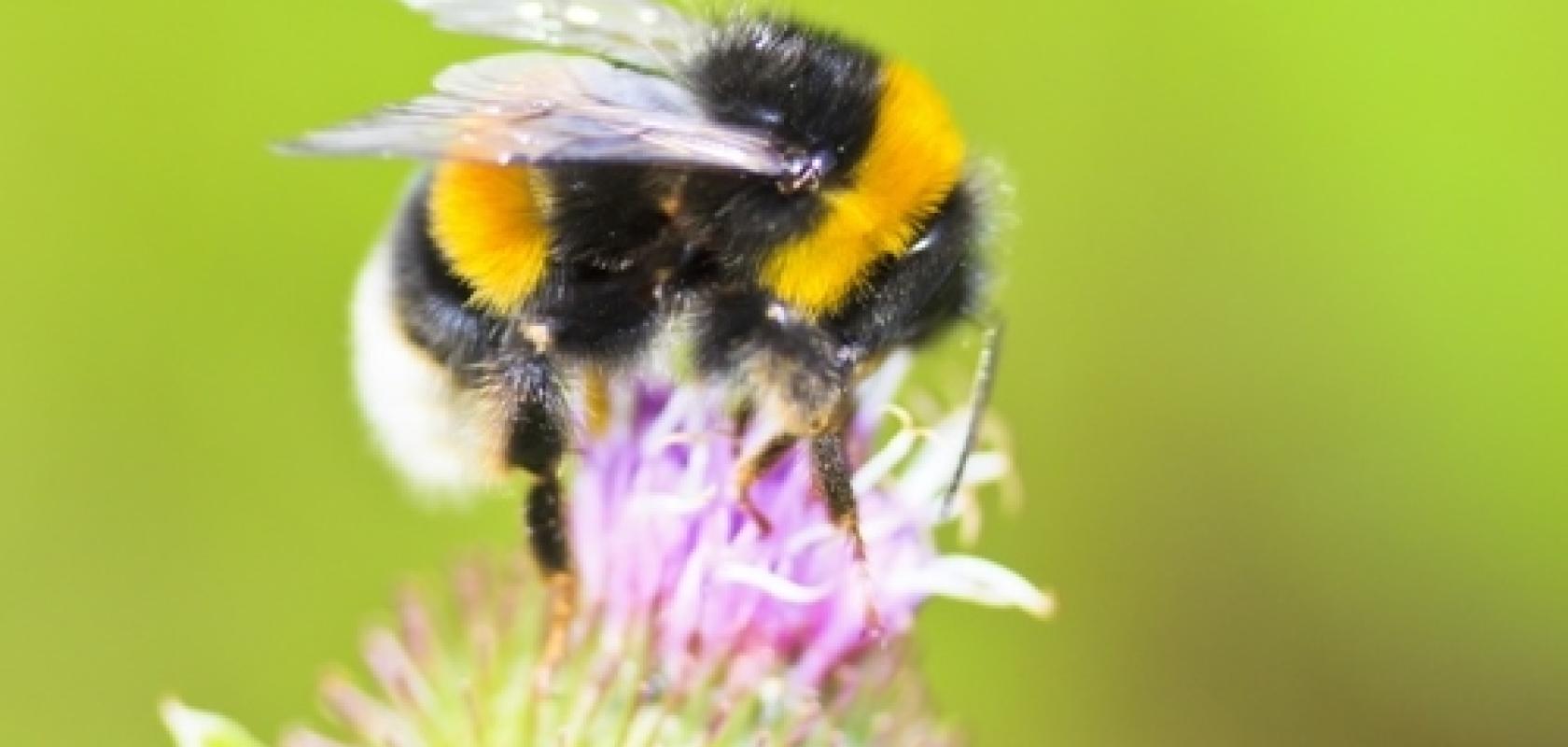Researchers at Lund University in Sweden are using high-speed cameras to study how insects use visual information to control flight.
The scientists experimented on various insects, including bumblebees, butterflies, beetles and moths, to see how they use visual cues to avoid obstacles and navigate through unpredictable environments.
The studies not only reveal how insects extract and apply visual information to control flight, but how biologically inspired technologies can be applied in autonomous flying vehicles.
The experimental setup in the lab consisted of a wind tunnel with high-speed cameras mounted above. Two Mikrotron MotionBlitz EoSens Mini1 and two MotionBlitz EoSens Cube6 cameras were used.
One of the studies investigated how quickly bumblebees detect and respond to changes in their environment. Bumblebees were trained to fly through a tunnel consisting of parallel vertical walls.
The position of the bee and the orientation of the long axis of the body were determined using an automated tracking program.
The results reveal that bumblebees detect and respond to environmental changes at a minimum viewing angle of 23 to 30 degrees, therefore reacting well before the new environment is entered.
‘The Mikrotron cameras are ideal for us because we can synchronise them,’ said Emily Baird, assistant professor at Lund University. ‘This enables us to reconstruct insect flight trajectories in three dimensions. The trajectories are then used for computer modelling and simulation.’
Baird also took Mikrotron cameras to Panama to investigate the flight of a sweat bee. This species flies exclusively at night, foraging shortly before sunrise and shortly after sunset.
The videos were recorded in complete darkness using infrared illumination. The MotionBlitz EoSens Cube6 was set at 50 frames per second and at full resolution of 1,280 x 1,024 pixels.
Further reading
What can drones learn from bees? - Dr Andrew Schofield asks what computer vision can learn from biological vision


